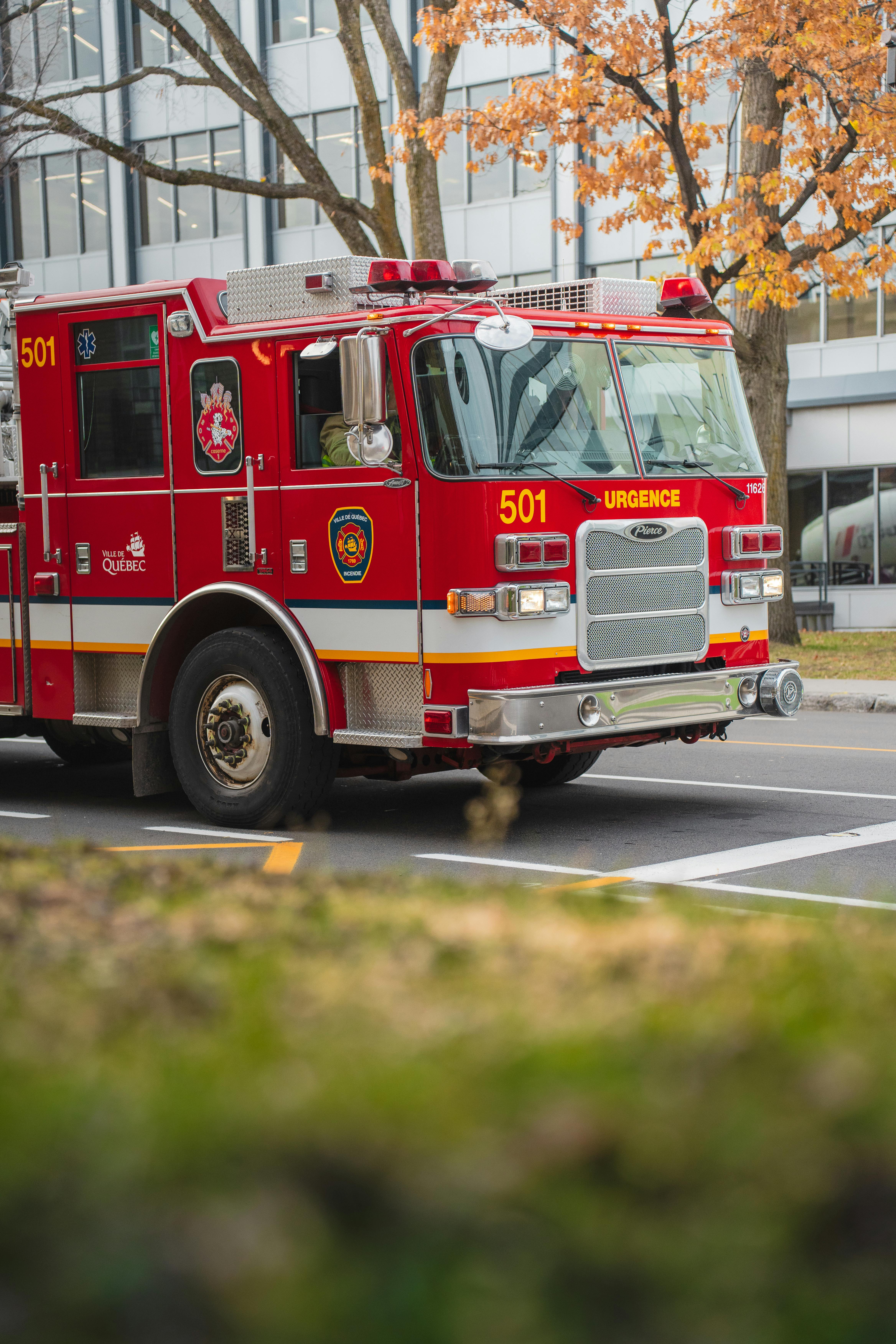Have you ever wondered what happens when traffic on a major highway comes to a standstill? Such a scenario unfolded recently on the A38 in Gloucester.

The Incident on A38
The Crash Overview
In Gloucester, the A38 was recently blocked due to a multi-vehicle crash. This caused significant disruptions, affecting not just drivers but also the surrounding community. Multi-vehicle crashes are particularly troublesome because they often lead to extended traffic delays and can be challenging to clear up.
Key Details
The incident took place near the Holiday Inn Express in Quedgeley. Understanding the specifics of such accidents can help in knowing what to expect if you ever find yourself in a similar situation. Vehicles involved were reportedly traveling at high speeds, a common scenario on major highways, which can lead to more severe impacts and damages.
Immediate Impact on Traffic
Traffic Chaos
Crashes like the one on the A38 can cause immediate chaos on the roadways. Emergency vehicles often need space to navigate to the accident scene, which can necessitate closing additional lanes and further slowing down traffic.
Detours and Instructions
In this case, law enforcement and traffic management authorities quickly set up detours to alleviate some of the congestion. Drivers were instructed to follow alternate routes like the M5 and minor roads. This is a common procedure whenever major highways are blocked, as it helps redistribute the traffic flow and minimize the potential for secondary accidents.
Emergency Response
Quick Action
Emergency services were prompt, arriving swiftly to manage the scene, provide medical aid to the injured, and start the process of clearing away damaged vehicles. Swift emergency response is crucial in reducing the impact of such crashes by ensuring that those involved receive timely medical care and that the road can be reopened as quickly as possible.
Role of Technology
Advanced technology like GPS and real-time traffic updates, often delivered through mobile apps, played an essential role. These tools helped inform commuters about the incident ahead of time, enabling many to avoid the area altogether. Real-time updates can be lifesavers when navigating through or around accident scenes.
Safety Protocols
Keeping Safe during Traffic Blocks
When faced with a traffic block due to an accident, safety should be your top priority. Stay in your vehicle unless emergency services instruct you to exit. Leaving your car can expose you to further danger, as surrounding traffic may not always be aware of your presence.
First Aid Preparedness
Consider having a basic first aid kit in your car. While you should not attempt to provide medical assistance if you are untrained, having first aid materials can be incredibly useful in case you, your passengers, or anyone else involved in the crash requires immediate care until professionals arrive.

Preventive Measures
Driving Safely on Major Highways
Several steps can help prevent such incidents. Always maintain a safe following distance, stay within speed limits, and be vigilant about road conditions and behaviors of other drivers. Distractions such as mobile phones should be avoided, and using hands-free devices is recommended if you must take a call.
Vehicle Maintenance
Keeping your vehicle in top condition is also crucial. Regular servicing checks can help you avoid mechanical failures that could contribute to accidents. Ensure that your brakes, tires, and lights are in good working order before embarking on long journeys, particularly on busy highways.
Community Involvement
How Local Community is Affected
Multi-vehicle crashes don’t just impact the drivers involved; they affect the entire community. Road blocks can delay emergency services, disrupt local businesses, and create general upheaval in the daily routines of everyone in the vicinity.
Volunteering and Support
Communities often rally in the aftermath of such incidents, providing support where needed. Local organizations or volunteer groups may offer assistance in traffic management or provide aid to affected individuals. This communal support can help everyone cope with and recover from the disruptions caused by major accidents.

Long-term Consequences
Road Safety Improvements
Incidents like the A38 crash spur conversations around improving road safety. Authorities may consider implementing safety measures such as speed cameras, better lighting, or more warning signs in accident-prone areas. These changes aim to reduce the risk of future accidents.
Policy Changes
Sometimes, such crashes lead to more significant policy changes. Traffic laws might get stricter, or emergency response strategies may be revamped to ensure quicker and more efficient handling of similar situations in the future. Public input is often sought in these processes, highlighting the importance of community engagement in driving policy changes.
Emotional and Psychological Impact
Dealing with Trauma
Being involved in or witnessing a major crash can be traumatic. It’s essential to address any emotional or psychological effects you might experience. Seeking professional help or counseling can be beneficial in dealing with post-traumatic stress or anxiety resulting from the incident.
Community Support Systems
Connecting with others who have shared similar experiences through support groups or community forums can also offer relief. Talking about your feelings and hearing from others can help you process the event and begin to heal.

Conclusion
Accidents like the one on the A38 serve as a reminder of the fragility of daily life and the importance of safety and preparedness on the roads. By understanding the immediate and long-term impacts of such events, you can be better prepared to deal with them if they occur. Whether through safe driving practices, being ready with a first aid kit, or simply staying informed, every small step you take contributes to a safer driving environment for everyone.
